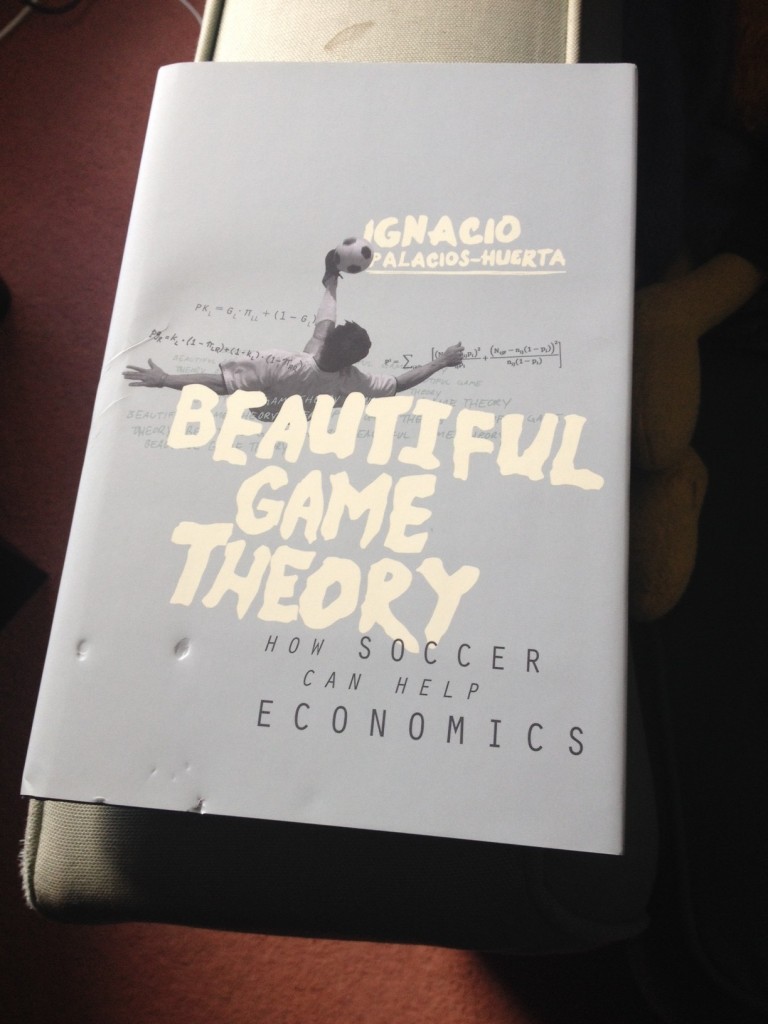[amazon_link id=”1594203288″ target=”_blank” ]The Idea Factory: Bell Labs and the Great Age of American Innovation[/amazon_link] by Jon Gertner is a fabulously interesting and readable book. It’s a terrific business history about the research and development arm of AT&T during its golden, monopoly era. Scientists and engineers at Bell Labs created some of the defining technologies of modern times, including the transistor, the semiconductor, the laser, fibre optics, Claude Shannon’s information theory, submarine cables, satellites (Telstar), early work on mobile communications, and more.(Francis Spufford’s lovely book [amazon_link id=”0571214975″ target=”_blank” ]Backroom Boys[/amazon_link] has a chapter on the UK’s contribution to mobile communications at the same time.)
“Finding an aspect of modern life that doesn’t incorporate some strand of Bell Labs’ DNA would be difficult,” as Gertner rightly puts it.
[amazon_image id=”1594203288″ link=”true” target=”_blank” size=”medium” ]The Idea Factory: Bell Labs and the Great Age of American Innovation[/amazon_image]
The book is also a thoughtful exploration of how this institution was able to be so consistently innovative for such a long time. The key is the implicit deal between AT&T and the US authorities to permit the company its monopoly of local and, for many years, long-distance calls as long as the fruits of the research were shared with competitors. Thus key technologies such as the transistor were quickly licensed at low cost. It was an excellent system for delivering the public good of innovative ideas. The parent company was a dull but profitable utility. It paid good and steady dividends to shareholders, and to Bell Labs. “The paradox of course was that a parent company so dull, so cautious, so predictable was also in custody of a lab so innovative,” Gertner writes.
An interesting question is therefore how Bell Labs came to be so innovative in the first place. Apart from the steady flow of generous funding from the parent company, its rules seemed to have played a vital role. People were strongly discouraged from closing their doors. Anybody could ask anybody else – no matter how eminent – to help on a problem. The different disciplines were located in close proximity. All work had to be written down in specified notebooks and countersigned, so ideas were attributed, but nobody could claim individual patents. Everyone had to work on their own side-projects, an idea copied by Google. Its director saw the lab as a living organism, with physical proximity essential for the fruitful cross-fertilisation of ideas.
In those pre-competitive times, the value of patents was well understood, and Bell Labs was careful to patent its discoveries, but there was no inhibition in exchanging ideas with the broader scientific community. For example, in the early days of semi-conductor research, visitors from Fairchild Semiconductor in Palo Alto and Texas Instruments in Dallas were frequent visitors to the Bell Lab home in New Jersey. It’s hard to recall a time when commercial entities were so open with each other about their R&D.
Eventually of course the monopoly power for social returns deal broke down – and apart from Bell Labs, the other social aspect of it was AT&T’s use of long distance profits to subsidise local calls. By the time the break up of AT&T into the Baby Bells occurred in 1984, there had been several assaults on the monopoly by various US regulators. (Tim Wu’s [amazon_link id=”1848879865″ target=”_blank” ]The Master Switch[/amazon_link] gives an account of the communication monopoly from a far more sceptical perspective than The Idea Factory.) The Federal judge who finally oversaw the agreement to break up AT&T was not concerned about the vertical integration of AT&T with its research subsidiary or Western Electric, the equipment subsidiary, seeing economic benefit to consumers in the supply chain links, but rather with the horizontal integration. Hence the deal to break off the regional Baby Bells. Competition from MCI on long distance calls was already occurring. But some people anyway saw the end of the monopoly as an inevitable result of the earlier licensing of key technologies. AT&T and Bell Labs had given birth to their own future competitors.
The inevitable question is what kind of innovation system could again deliver such fundamental technological advances? All of the communications technologies have involved vast, vast sums of money and multi-year, multi-person efforts. Mariana Mazzucato has argued that government involvement in innovation is always essential, due to the scale of funding and effort, and the risk involved, giving examples mainly from the computer industry in her book [amazon_link id=”0857282522″ target=”_blank” ]The Entrepreneurial State[/amazon_link]. Governments of course fund university research, as do some foundations, but direct public funding of research and – importantly – development in the commercial sector is rare – often done through the defense budget in the US, previously through nationalised entities in other countries.
Elsewhere, and in the post-privatisation era, it is pretty rare. And today’s information sector monopolists and quasi-monopolists do not seem to have the same sense of public obligation as their Bell Labs predecessors; the profit motive did not drive the creation of transistors and semi-conductors, although it was vital in getting them into new products in the market once they had been invented. Dominant companies in digital businesses with low marginal costs and strong network effects have tremendous market power which it’s hard for competition authorities to address because there are large consumer benefits and because there’s always the hope of disruptive entry by a new and better soon-to-be-dominant company. Perhaps the right public policy approach is to learn a lesson from the history of Bell Labs and look at what public or social benefits these dominant players offer until that disruption happens?
[amazon_image id=”1848879865″ link=”true” target=”_blank” size=”medium” ]The Master Switch: The Rise and Fall of Information Empires[/amazon_image]



